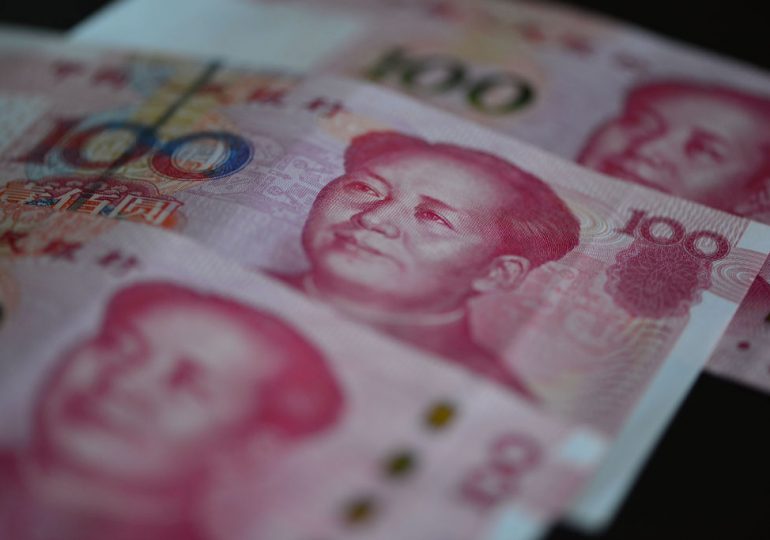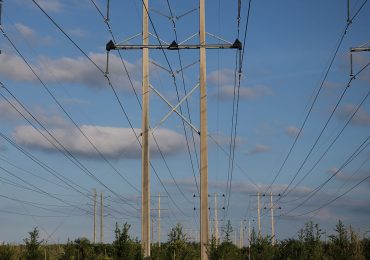After months of business leaders and economists urging action, the People’s Bank of China (PBoC)—the central bank of the world’s second biggest economy—finally acquiesced, unleashing a triptych stimulus package aimed at spurring consumer spending to counter persistent deflation. Yet analysts doubt even this “policy bazooka” will have much of an effect.
[time-brightcove not-tgx=”true”]
On Tuesday, the PBoC unveiled a policy interest rate cut of 0.2 percentage points, combined with a lowering of banks’ reserve requirements and the cutting of existing mortgage interest rates, both by 0.5 percentage points. For the PBoC to unveil three rate cuts at once is itself unprecedented. But also was the floating of a potential 0.25 or 0.5 percentage point further cut to reserve requirements before the end of the year, given the PBoC hasn’t historically dabbled in so-called “forward guidance.”
But that’s not all. The PBoC also announced plans to inject more liquidity into the stock market by refinancing bank loans to help firms buy back their own shares . It will also help institutional investors such as securities companies raise funds by allowing them to borrow liquid assets using their own stock holdings as collateral. “It is the first time I’ve ever seen the Chinese central bank directly use its own money to support the stock and real estate markets,” says Lu Xi, an assistant professor focusing on China’s economics at the National University of Singapore.
The purpose of all these unprecedented maneuvers is to jumpstart a moribund economy that’s currently on course to miss an official annual GDP growth target of “around 5%.” While China’s exports for August were up a robust 8.7% year-on-year, imports rose by just 0.5%, spotlighting weak domestic spending. Meanwhile, a raft of nations rolling out new export controls, including a 100% tariff on Chinese EVs by the U.S. and Canada, means exports also face significant headwinds.
Yet while the PBoC measures may provide some relief for firms facing falling factory gate prices, or local governments struggling with servicing record debt, experts are pessimistic they alone will get the Chinese economy humming again.
“This is a step in the right direction,” wrote Julian Evans-Pritchard, head of China Economics at Capital Economics, in a briefing note. “But it will probably be insufficient to drive a turnaround in growth unless followed up with greater fiscal support.”
“This isn’t a stimulus package; it should be considered a relief package,” agrees Dinny McMahon, head of China markets research at Trivium China policy research group. “None of this is going to get any institutions or economic actors in China to say, ‘let’s go invest now.’”
For one, support for the stock market is not terribly important given the Chinese economy is not very financialized and only some 10% of ordinary Chinese hold stocks (as opposed to 70% of Americans). In contrast, real estate accounts for up to 80% of China’s household wealth, as well as 30% of GDP. True, the PBoC’s decision to trim existing mortgage rates will put an additional $21 billion a year into the pockets of some 50 million Chinese households, predicts Goldman Sachs. However, there’s little sign that embattled Chinese homeowners will spend that windfall rather than save it or use it to pay down their capital.
This is because consumption in China has long been rooted in investor confidence, not least in a previously gangbusters real estate market. Chinese purchasing property have been used to values rising typically upwards of 120% over a decade. Those days are now over, however, with new home prices in 70 cities across China declining by 5.3% year-on-year in August, following a 4.9% fall the previous month. Property investments have dropped by 10.2% so far this year compared with the first eight months of last.
As investment returns and confidence crash in tandem, China’s youth unemployment rate rose to 18.8% last month, the highest rate since a new record-keeping process was implemented in December. This is mainly due to a “slump in aggregate demand, including private investment, government expenditure and consumption, … fear of policy risks and low expectation on future growth,” says Qu Feng, an associate professor of economics at Singapore’s Nanyang Technological University. China’s economic malaise, he adds, are “fruits from the same tree.”
So, how to fix things? The simplest way to boost consumer spending is also the trickiest: increase wages. Another is to offer investment opportunities that offer real returns. With demographic challenges meaning that real estate is now a busted flush in China, more people need to be incentivized to invest in the stock market. But this also requires reducing people’s propensity to save, which in turn means spending more on public goods in terms of education, healthcare, and pensions that serve as “consumption insurance,” says Lu. “If you want to boost consumption, you have to focus more on social welfare.”
However, these are the types of socialist policies that give today’s freewheeling Chinese Communist Party sleepless nights. “There’s a real reluctance to fund an expansion of welfare from debt,” says McMahon. “Because it’s not a one-off package of stimulus spending; it’s a permanent annual increase in debt to go down that route.”
In fact, China is making moves in the opposite direction. On Sept. 13, state news wire Xinhua reported that China will start raising retirement ages for the first time since 1978, from 60 to 63 for men, and from 50 to 53 or 55 to 58 for women (depending on work status). While raising retirement ages has long been mooted as a painful though necessary step amid a shrinking, graying population, it certainly doesn’t encourage people to spend today.
Still, there are signs of more support to come. Late last year, China issued an extra 1 trillion rmb ($140 billion) of government bonds, following similar moves involving special purpose bonds toward the end of the previous two years. On Thursday, unconfirmed reports emerged of another $1 trillion rmb bond issuance in the pipeline. It’s perhaps a sign that even if Beijing is not yet making the hard choices, the scale of the problem is beyond dispute.
“The most important thing about [Tuesday’s] announcement is that it signals a greater sense of urgency around supporting the economy than had been on display previously,” wrote Evans-Pritchard.
Leave a comment








